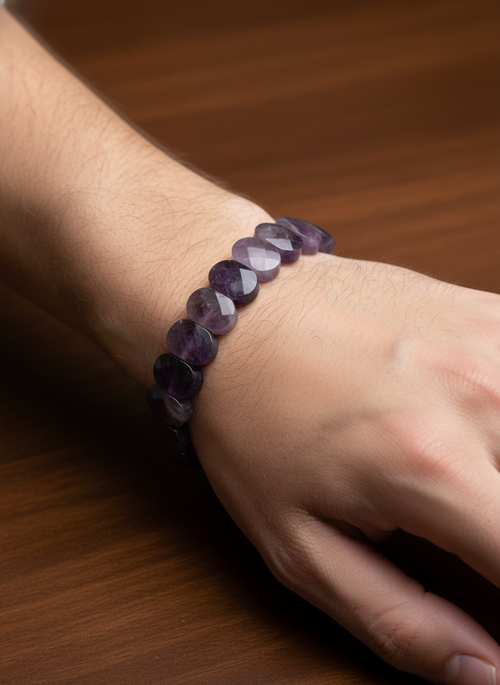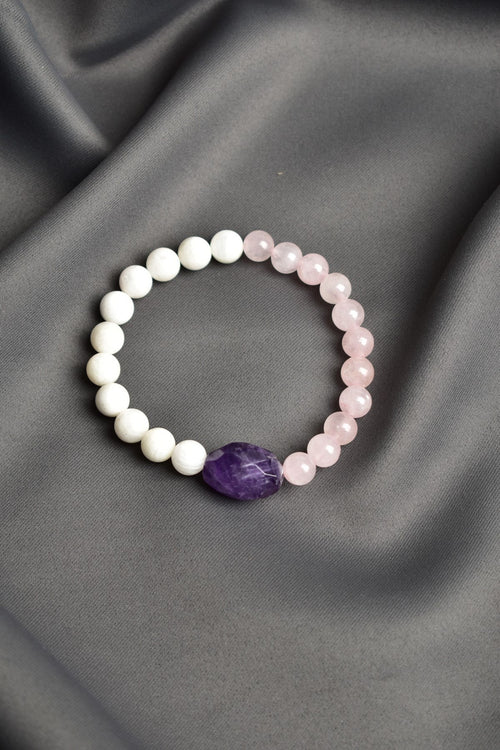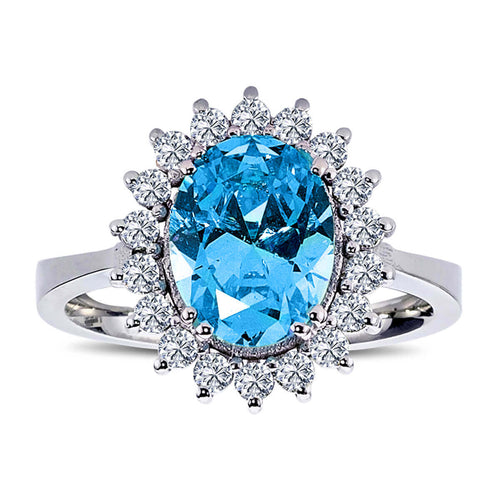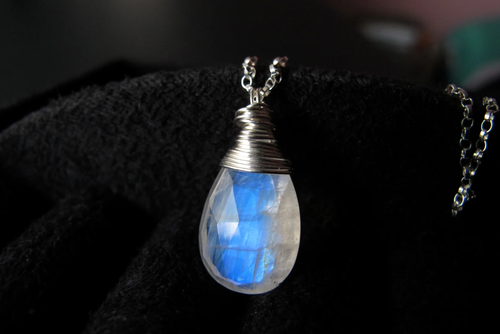ALL PRODUCTS IGSL INTERNATIONAL CERTIFIED
Labradorite is a type of feldspar mineral that is particularly known for its distinctive colorful shine and play of light (labradorescence). To recognize labradorite, you can pay attention to the following features:
1. Labradorescence (Light Play)
- Description: Labradorite exhibits colorful sparkles when light hits its surface. This optical phenomenon is called "labradorescence."
- Colors: It can be seen in shades of blue, green, yellow, gold, orange and red. The sparkle can appear in different colors from different angles as the stone moves.
- Brightness: These color games occur as a result of the mineral structure within the stone reflecting and refracting light.
2. Color and Appearance
- Color: Labradorite usually has a gray, blue-gray or black ground color. However, it can show bright colors due to the labradorescence effect.
- Transparency: Labradorite is usually translucent. Lower quality stones may be opaque.
- Texture: Lines and cracks may appear on the surface of the stone, this is part of the natural formation.
3. Hardness and Durability
- Hardness: It ranks between 6-6.5 on the Mohs hardness scale, making it suitable for use in everyday jewelry.
- Durability: Labradorite can easily crack or break if not handled carefully.
4. Density and Weight
- Density: The density of labradorite generally ranges from 2.68-2.72 g/cm³.
- Weight: It feels medium weight when you hold it in your hand.
5. Cut and Shape
- Cut: Labradorite is cut in a cabochon (dome) shape to best show the labradorescence effect. This cut allows more light to fall on the surface of the stone.
- Shape: It is usually cut in oval, round or free form.
6. Chemical Structure and Mineralogy
- Chemical Formula: (Ca, Na)(Al, Si)₄O₈
- Mineral Group: It belongs to the feldspar mineral group.
- Crystal System: It has a triclinic crystal system.
7. Source and Locations
- Sources: Labradorite is found in countries such as Canada (Labrador), Madagascar, Finland, Russia, and India.
- Most Famous Source: Labradorite mined in Labrador, Canada is among the highest quality and has the most impressive labradorescence properties.
Tips for Identifying Labradorite Stone
- Examine Under Light: The best way to identify labradorite is to move the stone under the light and observe its colorful sparkles. The labradorescence effect makes the stone shine in different colors from different angles.
- Check for Texture and Patterns: Natural cracks and lines on the surface of the stone indicate that it is real labradorite.
- Hardness Test: Since it is between 6-6.5 on the Mohs hardness scale, you can check the scratching and breaking properties of the stone.
- Question the Source: Learning where the stone comes from can provide clues as to whether it is labradorite.
By paying attention to these features of the Labradorite stone, you can identify whether the stone is real or not and its characteristic features.



























